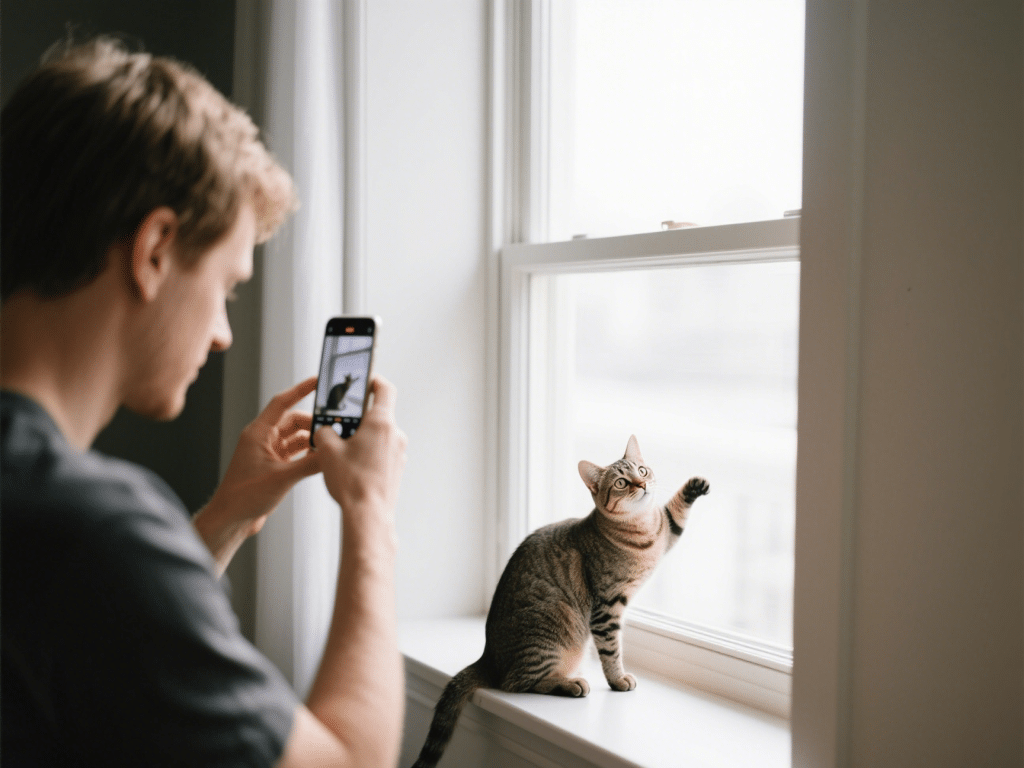
Introduction
Professional cameras and studio setups help, but you don’t need expensive gear to take memorable pet photos. With a smartphone or entry-level camera and some simple techniques—lighting, composition, and timing—you can capture your pet’s personality in stunning images.
1. Harness Natural Light
Use Soft, Diffused Light: Position pets near large windows or in shaded outdoor areas. Direct sunlight can cause harsh shadows and squinting. Early morning or late afternoon (“golden hour”) provides warm, flattering light.
Avoid Flash: The sudden burst of light can startle pets and produce red-eye. Instead, increase ambient light by opening curtains or moving closer to windows.
2. Composition and Framing
Get on Their Level: Photographing from your pet’s eye level creates more engaging images. Kneel, sit, or lie down to align with their perspective.
Rule of Thirds: Enable gridlines on your smartphone. Position your pet’s eyes at one of the intersecting points for balanced composition.
Fill the Frame: Keep distractions to a minimum by zooming in (optically when possible) or moving closer. A filled frame highlights your pet’s expressions and details.
3. Focus and Sharpness
Tap to Focus: On smartphones, tap the screen where your pet’s eye is located. This ensures their face appears crisp against a softly blurred background.
Use Burst Mode: Pets move unpredictably. Holding down the shutter to activate burst mode captures a sequence of images; choose the sharpest shot afterward.
Steady Hands or Support: If available, use a small tripod or lean against a stable surface. Micro-movements blur images, especially in low light.
4. Timing and Patience
Capture Natural Behavior: Instead of posing, photograph pets during play, feeding, or napping. Candid shots often reveal genuine expressions.
Use Treats and Toys Strategically: Hold a favorite treat or toy near the camera lens to direct your pet’s gaze. Reward them immediately after to associate photography with positive experiences.
Be Patient: Pets may need time to relax around the camera. Allow them to sniff and investigate the device before snapping.
5. Background and Environment
Choose Simple Backgrounds: A plain wall, clean bedspread, or uncluttered lawn highlights your pet. Busy or distracting backgrounds detract from the subject.
Incorporate Context: Include elements that tell a story—favorite blanket, puppy bed, or garden setting. This personalization adds depth to photos.
6. Editing and Post-Processing
Use Mobile Editing Apps: Apps like Snapseed or VSCO provide intuitive tools—crop, adjust exposure, enhance colors, and sharpen details.
Maintain Natural Tones: Avoid over-editing. Adjust brightness and contrast moderately. Enhance shadows to reveal details in dark fur but preserve highlights in lighter areas.
Crop for Impact: Tighten framing if extraneous elements appear. A well-cropped image focuses attention on your pet’s eyes and expression.
7. Avoid Common Pitfalls
Red-Eye and Reflections: Turn off flash and avoid reflective surfaces (e.g., mirrors) to prevent glare or unwanted reflections.
Distracting Props: While props can be cute, ensure they complement—rather than overwhelm—your pet. Use minimal props like a simple bandana or bowtie.
Overworking Animals: Limit sessions to 15–20 minutes. Extended sessions can tire pets, making them uncooperative and stressed.
8. Additional Tips for Specific Scenarios
Action Shots: For running or jumping shots, use burst mode and pre-focus on a spot where your pet will appear. Lower your smartphone to ground level for dynamic angles.
Low-Light Conditions: Increase ISO settings (if possible) or use a well-lit indoor space near a window. Avoid dark, shadowy rooms that force slow shutter speeds.
Capturing Senior Pets: Go slow and use quiet movements. Focus on close-ups of expressive eyes or textured fur to emphasize character and wisdom.
Conclusion
Great pet photography doesn’t require professional gear—just creativity, patience, and an eye for composition. By leveraging natural light, focusing techniques, and basic editing, you can produce heartfelt images that showcase your pet’s unique personality. Practice regularly, and you’ll steadily improve your skills and capture lasting memories.

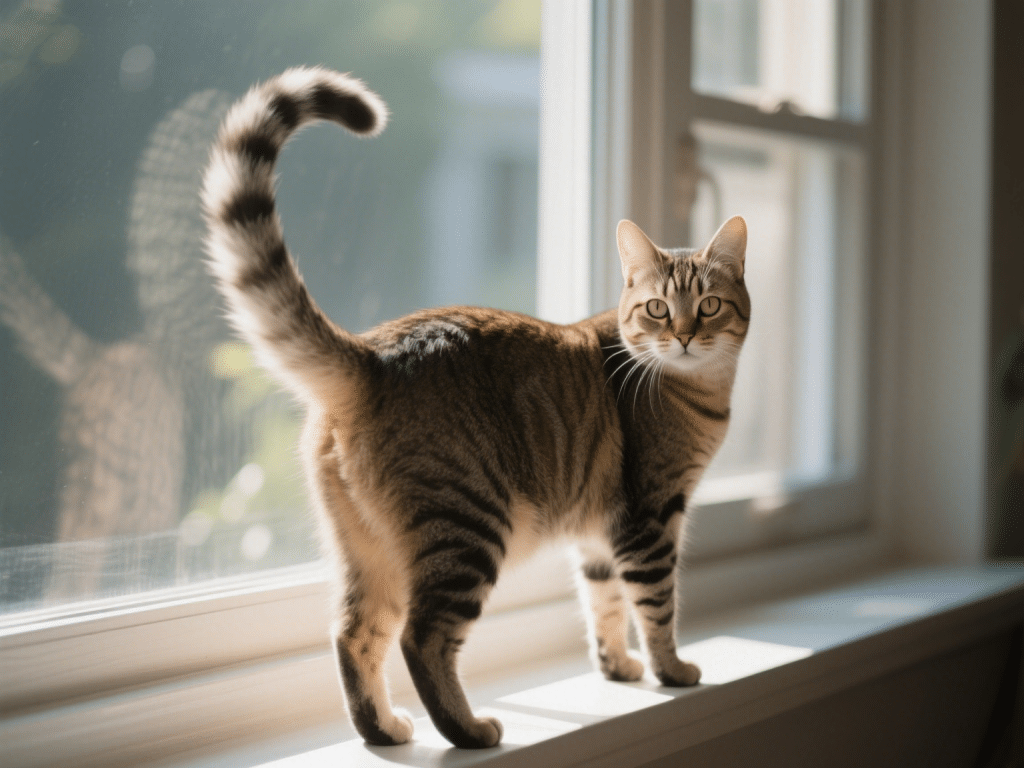
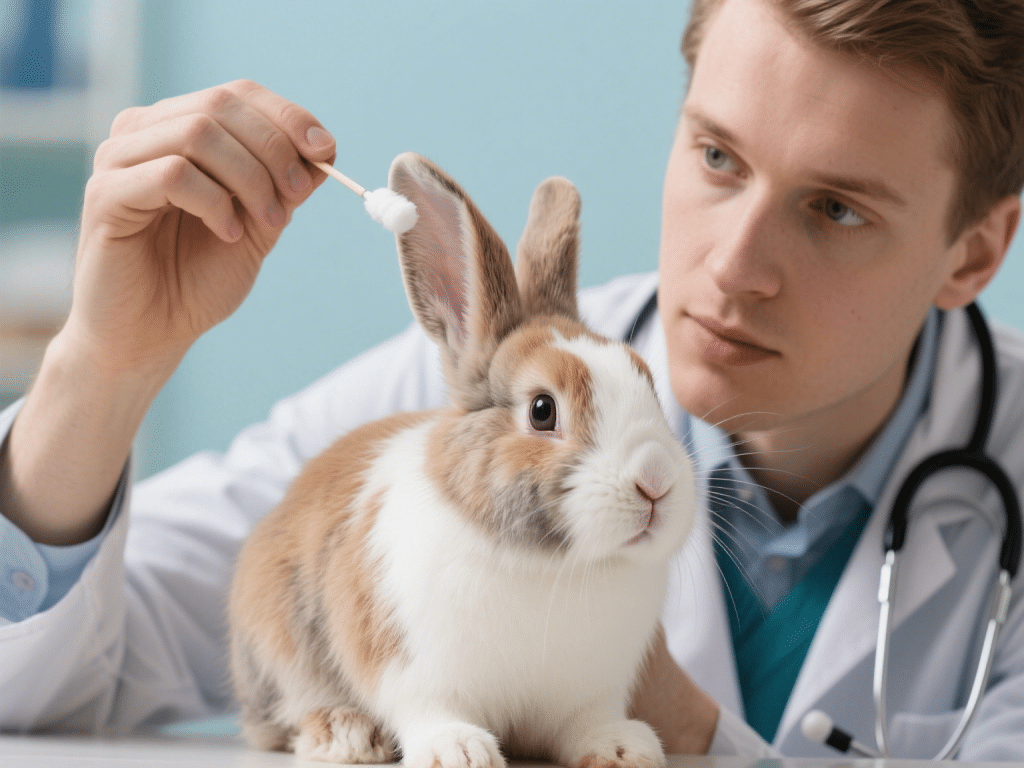
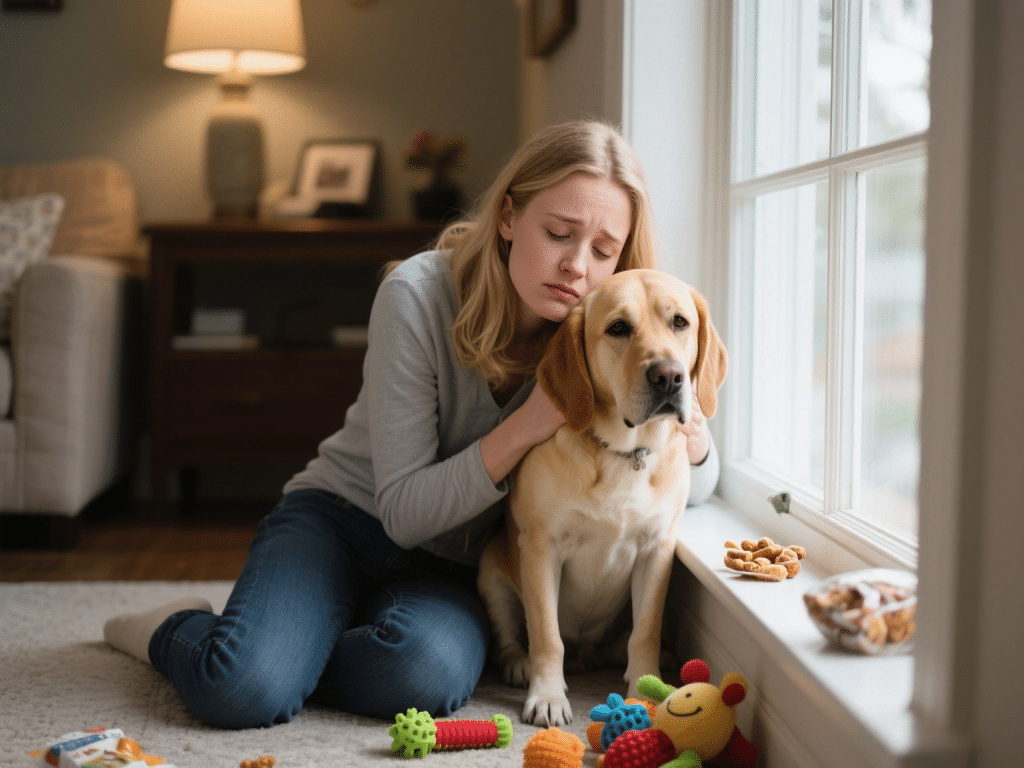
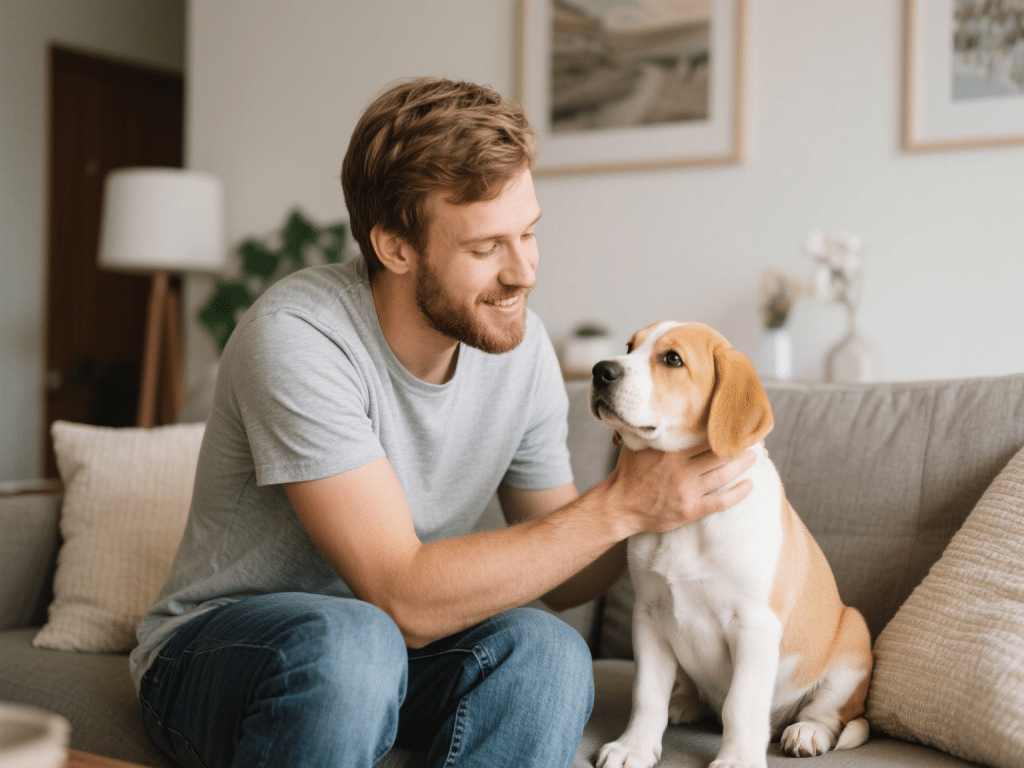

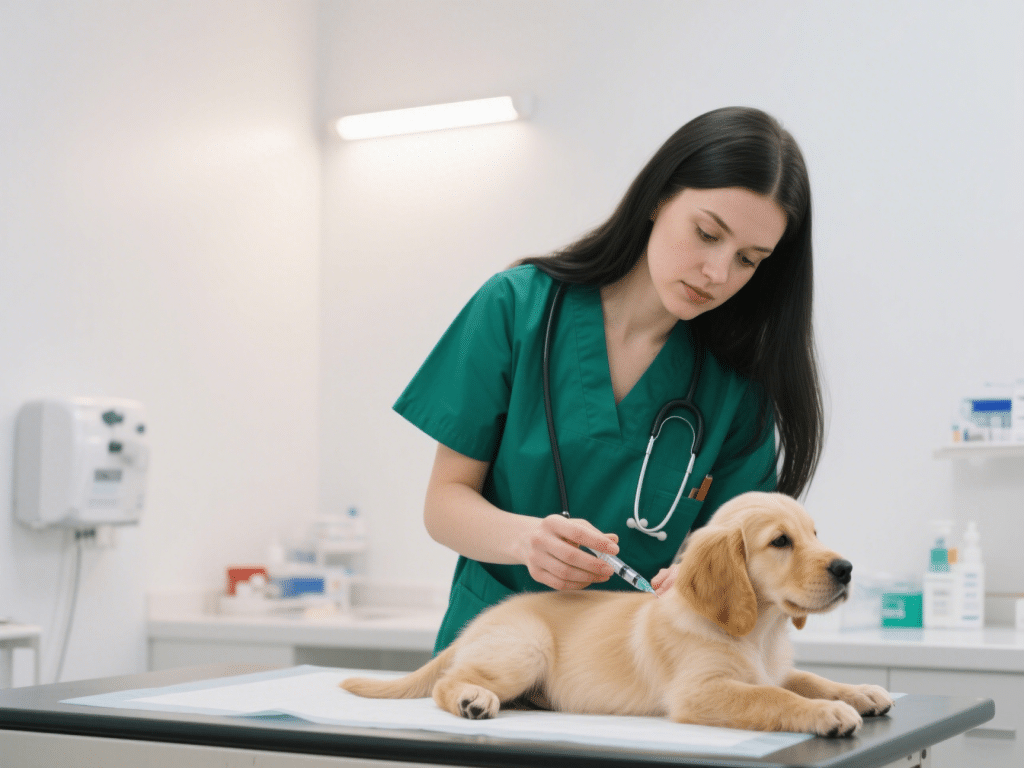
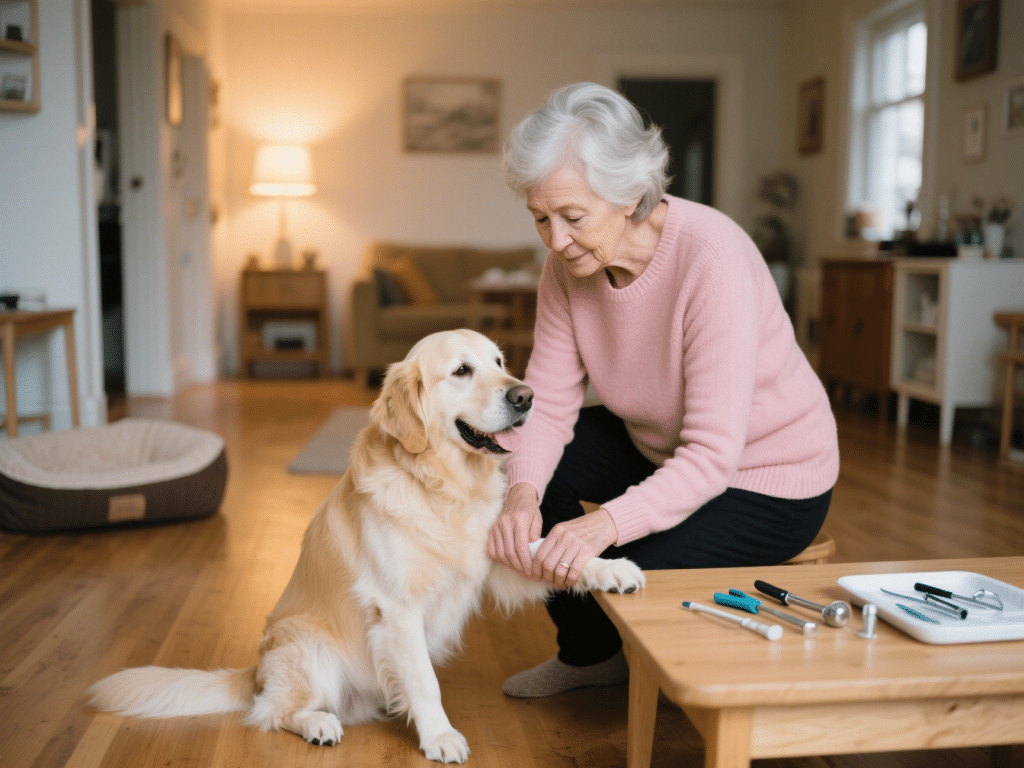

Comments on " How to Take Great Pet Photos Without Professional Gear" :